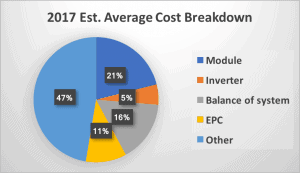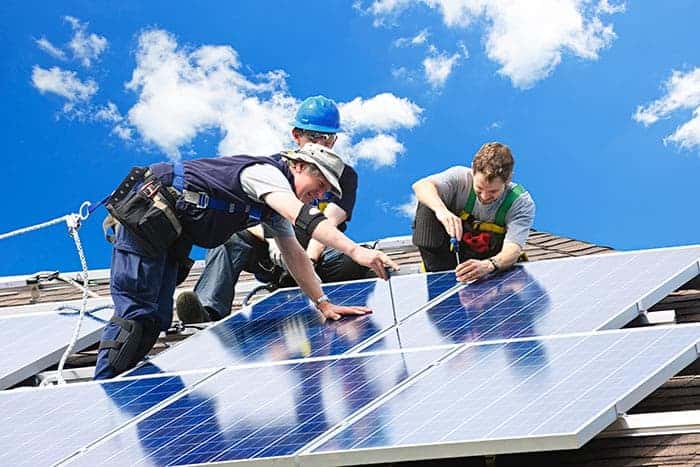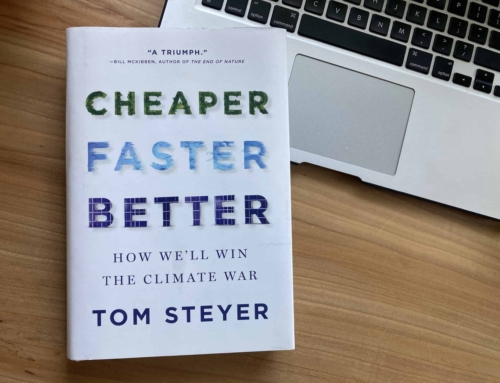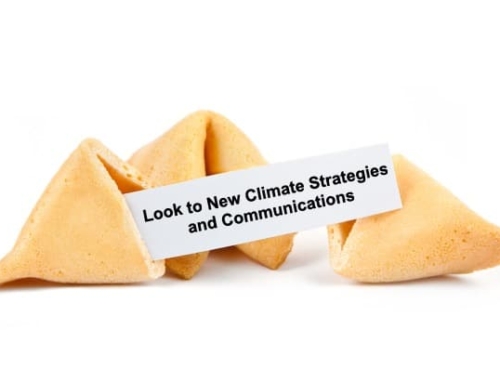There was never much doubt about what the current administration would do with the solar tariff trade case. Now that we know what’s going to happen, what tactics do solar system integrators and installers have for dealing with a panel module price increase?
The first step is not to panic, and to assess the market change. Since the price has been declining over the last ten years, it’s reasonable to ask what the new price is relative to past pricing. Bloomberg estimates tariffs would add about 10 cents to the cost, taking modules to 43 cents per watt. This is still less than the price in late 2016 of about 50 cents per watt. Remember 2016 was a record year for solar with 13.6 gigawatts installed. The impact of the price increase will vary depending on the whether we are talking about residential, commercial and industrial, or utility-scale projects. Bloomberg estimates that the cost of a residential installation would rise by about 3 percent on average over the four years of the duties. So the sky is not falling.
The traditional approach is to pass on costs to the consumer and the market will absorb some price increase. A small increase in price may be hidden and covered by looking at financing options. However, this may not be an option for more cost sensitive projects. Here are three tactics worth considering for your business to deal with the price change. Efficient and competitive companies employ these regardless of market conditions.
Tactic 1: Reduce costs in other areas.

Take a look at your current cost analysis. Here’s an example of typical 2017 costs. The module amounts to 21% of the total cost. While other components like inverters have also dropped in price, there may not be a lot of room for further cost reductions. Traditional approaches to purchase of physical goods include: 1) joining buying cooperatives, 2) using volume incentives, and 3) bargaining on terms. However, 47% of costs are in “Other.” This leaves a lot of room to make up a 3% overall increase.
“Other” is a messy category and changes depending on the organization. One of the largest portions of “Other” is the actual cost of sales. Many organizations don’t track this cost well. Sales are done by the owner or even the technical staff. Part of the problem is that solar sales have just crossed the chasm in terms of Geoffrey Moore’s outline of market maturity. This means that many sales people are still selling by technical specs when the market needs testimonials and packages. The result is longer sales cycles and increased costs. There is strong room for improvement.
Tactic 2: Select your clients and customers
Anyone who has been successful in business knows that some customers are more profitable than others. In tough times, it’s worth going through this exercise with your team. Do you measure profitability by installation size, time on job, package type, bundled with storage or other? Can you categorize your least profitable and most profitable customers? Often a swing in profitability can be made by dropping the 10% lowest profit customers and trying to add those that are the most profitable. This is often a difficult but necessary exercise when we are used to saying yes to everything.
Tactic 3: Look at specialized market segments
Similar to selecting your customers is selecting the markets in which you participate. Some markets are more profitable than others. Some will be more resilient.
There are many ways to segment a market. Geography is typical. Urban versus suburban is the most common for small companies. But segmentation can extend to low income, non-profits, schools, light industrial, city or municipal, community solar, and more. Segmentation usually requires some level of specialization, not on the technical side, but on the sales side.
Summary:
The increase in tariffs on solar panels is unfortunate. It’s likely to have a negative effect of the market. But the size of the impact can be mitigated with smart tactics. Industries go through ups and downs in natural cycles. The demand overall is still strong. As an industry, we will survive and thrive as we have always done through hard work, creativity, dedicated people, and continually looking at costs.
We Are All Connected! Savor the Earth.
Hobie,
L. Hobart Stocking
SkyWaterEarth.com
hobart@skywaterearth.com
651-357-0110
Facebook: @SkyWaterEarthConnected
Twitter: @SkyWaterEarth








Leave A Comment